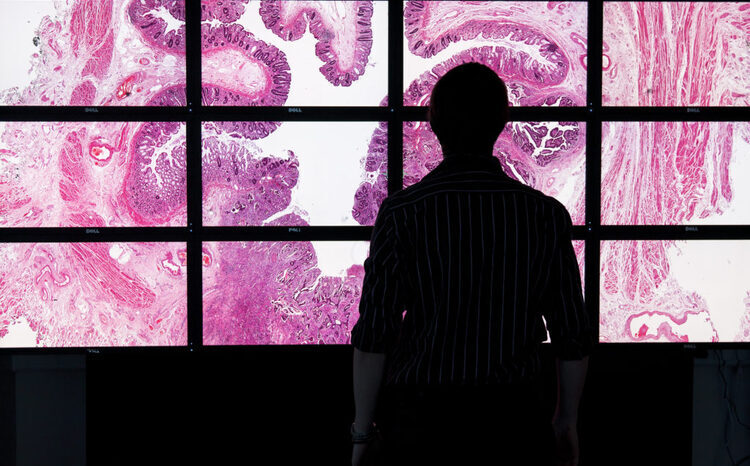Whittington picks set of Sectra systems
- 9 May 2013

The Whittington Hospital in North London has signed a ten-year contract with Sectra to provide a PACS, RIS and vendor neutral archive.
The Sectra system will replace a PACS from Siemens Healthcare, originally procured in 2001, well before the PACS contracts negotiated by the NPfIT.
Originally, the Siemens PACS was implemented to deal with the problem of films being lost between the X-ray department and the A&E department, with a full implementation following in 2004.
The previous RIS system from iSoft (originally known as Amersham) was procured in the mid-1990s.
David Grant, chief information officer of Whittington Health, said that the Sectra PACS, which is a web-based solution, was chosen because the product is “very integrated, easy-to-use and fairly intuitive in its design.
“We liked the fact that there were some modules that were really innovative, such as dose-tracking, which is a way of automatically recording the dosage of exposures, so we would get a cumulative radiation exposure on a given patient.”
Although the Whittington hadn’t been committed to having one supplier for PACS, RIS and VNA, it did want to minimise the number of “brokers”, said Grant.
“Where we had suffered in the past was from having lots of different brokers communicating or not communicating with each other and producing system failures.
“So integration for us had to be seamless and as built-in to the product as we could possibly get. [We want any] application, even if it is a separate company’s application, to be launched from the desktop of the Sectra PACS.”
The addition of a VNA means that all digital images will be held in a single repository, so that clinicians will be able to retrieve any image with a single mouse-click.
“Whether the x-ray is from 2004 or 2013, we will be able to retrieve it without first having to pull it from one archive into a current archive, then to view it, which we have to do now,” said Grant.
Later in the year, the electronic patient record system will go live, which will further improve integration, added Grant.
“The beauty of that from a clinical point of view is that there is just a single sign-on – once you’ve gained appropriate access into the EPR, you can get into the PACS, or the VNA, and you don’t have to keep logging in all the time.”
Grant said he expected that migration from existing systems would be challenging: “It will take a little while to configure and to migrate the data, because we have data going back to 2001.
“For plain films, we’ve got 12 years’ worth of data. For the complex imaging, we’ve got nine years worth of data.”
Implementation of the Sectra solution has already started, and is planned to go live in October this year.




